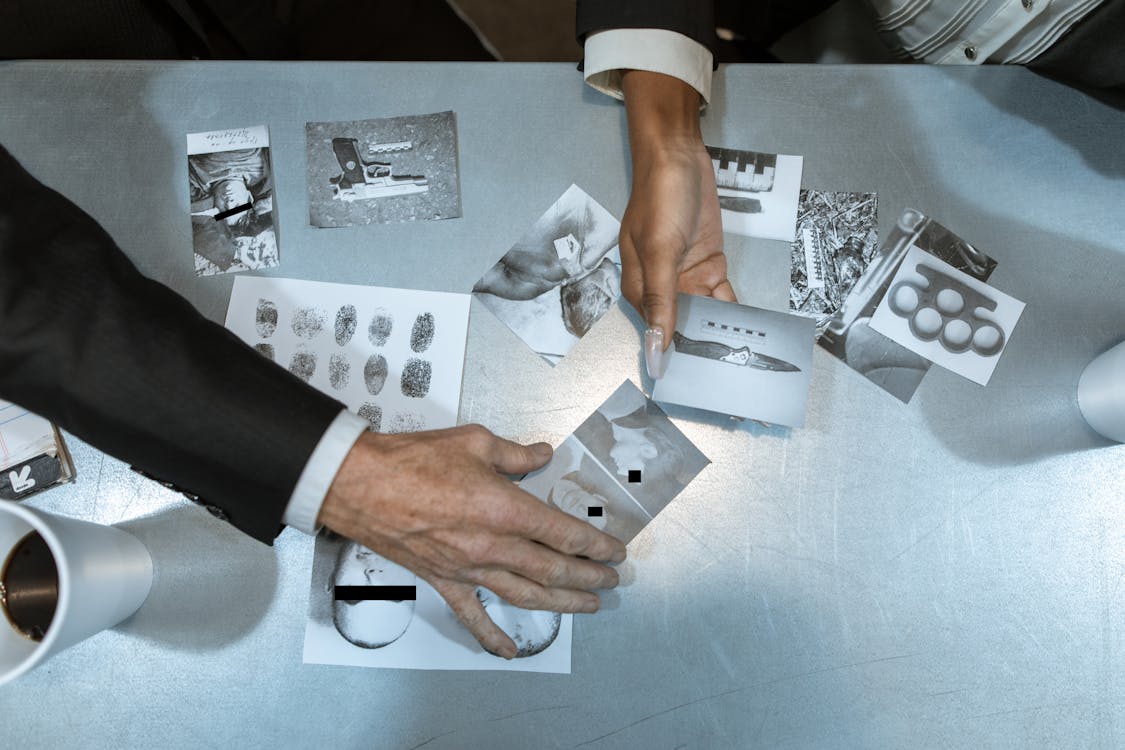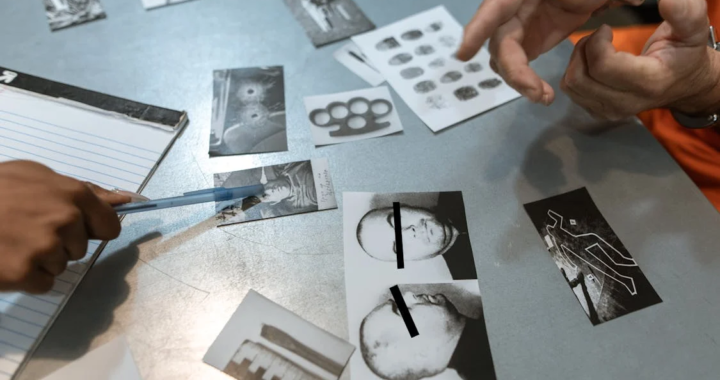With several advancements in digital technology, image forensic investigations have become a crucial tool for law enforcement, the legal system, and private organizations. Image forensics involves analyzing and authenticating digital images to uncover manipulation, identify sources, and gather evidence.
However, as with any field rooted in technology, there are several ethical challenges in image forensic investigations. These challenges revolve around privacy, accuracy, misuse of evidence, and the potential for bias in interpreting results. Understanding the ethical dilemmas inherent in image forensics is essential for ensuring the field’s integrity and maintaining trust in its findings.
This blog explores the various ethical challenges that professionals in image and digital forensic investigations face and discusses the importance of maintaining ethical standards in this critical area of digital analysis.
1. Privacy Concerns in Image Forensics
One of the most pressing ethical issues in image forensics is the invasion of privacy. Image forensic investigations often involve analyzing personal photos, videos, and other sensitive materials.
Without strict adherence to privacy laws and standards, investigators risk violating individuals’ rights. Forensic experts must strike a balance between uncovering the truth and protecting the privacy of those involved.
2. Accuracy of Image Analysis
Inaccuracies in image forensic investigations can lead to wrongful accusations and misinterpretations. Ethical challenges arise when the technology used to analyze images is not foolproof, leading to potential errors in determining the authenticity of images.
It is vital for forensic experts to acknowledge the limitations of their digital tools and methods, ensuring that their conclusions are based on solid, reliable evidence.

3. Misuse of Forensic Evidence
The possibility of misusing different types of digital forensic evidence in legal settings is another major ethical concern. Prosecutors, defense attorneys, or other parties may manipulate or selectively present image forensic findings to support their arguments. Ethical forensic investigators must present unbiased and objective findings, resisting pressure to skew results in favor of one side.
4. Bias in Interpretation
Human bias can influence the interpretation of forensic evidence. Whether conscious or unconscious, biases related to race, gender, or social status can affect how forensic experts view and present their findings. Ethical image forensics requires a commitment to neutrality, where the evidence speaks for itself without the influence of personal prejudices.
5. Challenges with Deepfakes
The rise of deepfake technology has introduced new ethical dilemmas in image forensics. Deepfakes can be used to create realistic but fabricated images or videos, making it increasingly difficult to distinguish between authentic and manipulated content.
Forensic experts must stay updated with evolving technologies to accurately detect deepfakes while ensuring they don’t unjustly label legitimate content as fake.
6. Confidentiality in Investigations
Digital forensic experts often work with sensitive, confidential information that can impact legal cases or personal lives. Maintaining confidentiality is paramount, and breaches can lead to significant ethical violations.
Forensic professionals must ensure that their work is conducted discreetly, with careful attention to protecting the information they handle.

7. The Role of Consent in Forensic Investigations
Obtaining proper consent before conducting image forensics is an important ethical consideration. Investigators must ensure they have the legal authority or the consent of relevant parties before examining images.
This becomes especially complex in cases involving third-party images or content found online without clear ownership.
8. The Ethics of AI in Image Forensics
Artificial intelligence (AI) is increasingly used in image forensics to automate the analysis process, but it presents ethical challenges. AI algorithms can be biased, leading to flawed results.
Moreover, over-reliance on AI may cause forensic experts to overlook important details that only human judgment can identify. Ethical use of AI in image forensics requires transparency in how algorithms are used and a clear understanding of their limitations.
9. Forensic Evidence and Legal Accountability
Digital forensic evidence plays a critical role in legal cases, but ethical challenges arise when experts face pressure to deliver results that align with legal strategies.
It is crucial for forensic professionals to maintain their independence and present evidence without bias, even if it contradicts the narrative of the side that hired them. This accountability ensures the integrity of the legal process.
10. Data Security and Integrity
Handling digital evidence in image forensics demands strict adherence to data security protocols.
Any alteration or tampering with the data can compromise the investigation’s credibility. Ethical investigators must follow chain-of-custody procedures to protect the integrity of digital images, ensuring that evidence remains untampered and can be verified at every stage.

11. Handling Unintentional Discoveries
In the course of a digital forensic investigation, experts may come across unintentional discoveries, such as evidence of unrelated crimes or personal information that wasn’t part of the original investigation.
The ethical dilemma lies in deciding how to handle this information. Investigators must balance their obligation to report potential criminal activity with respecting the scope of their original investigation.
12. The Responsibility of Expert Testimony
When digital forensic experts are called to testify in court, they carry the responsibility of providing clear, accurate, and unbiased testimony based on their findings.
Ethical challenges arise when experts are pressured to present their analysis in a way that supports a particular legal argument, even if it is not fully accurate. Maintaining honesty and integrity in testimony is crucial for upholding the ethics of forensic investigation.
13. Challenges of Cross-Border Investigations
In a globalized world, image forensic investigations often involve cross-border elements, where laws regarding privacy, data protection, and evidence collection may vary.
Ethical dilemmas arise when investigators must navigate conflicting legal systems and jurisdictions. Ethical forensic work requires a clear understanding of international laws and respect for the legal frameworks of all involved countries.
14. The Use of Manipulated Images as Evidence
Another ethical challenge in image forensics is the potential for manipulated images to be presented as genuine evidence. With the increasing sophistication of image-editing tools, it can be difficult to discern real from fake.
Digital forensic experts must use advanced techniques to authenticate images, but the ethical question remains about how much manipulation is acceptable, especially when minor alterations might not be relevant to the case but still exist.

15. Ethical Training for Forensic Professionals
Finally, ensuring that forensic professionals are well-trained in ethical decision-making is essential for maintaining the integrity of the field.
Ethical challenges are complex and multifaceted, often requiring professionals to make difficult decisions. Continuous ethical training, discussions about best practices, and clear guidelines help forensic experts navigate these challenges effectively.
16. Chain of Custody Issues
Maintaining the integrity of digital images throughout the investigation is critical. Any break in the chain of custody can compromise the evidence, making it difficult to determine if the image has been altered during the investigation process.
Ethical standards demand meticulous documentation and handling procedures to ensure that the evidence remains untainted.
17. Potential for Fabrication and Manipulation
As technology evolves, so does the potential for creating highly sophisticated fake images, such as deepfakes.
Ethical dilemmas arise when investigators encounter images that have been deliberately manipulated to mislead or falsely accuse someone. Detecting and proving fabrication without falling prey to these tactics is a growing challenge in image forensics.
18. Bias in Image Interpretation
Human bias in the interpretation of forensic images is a concern that can lead to skewed results.
Personal prejudices or assumptions may affect how a digital forensic expert analyzes and presents evidence. It is essential to implement ethical guidelines to mitigate the risk of biased interpretations and ensure objective, fair outcomes in forensic investigations.
All in all, while there are many perks of conducting an image forensic investigation, experts need to be mindful of the ethical challenges that the process presents and minimize any adverse impact it might have on the people involved.
Take Action with Eclipse Forensics
Are you facing challenges in your image forensic investigations? Don’t leave your evidence to chance! At Eclipse Forensics, we understand the ethical complexities of digital forensic analysis and are committed to maintaining the highest standards in our forensic investigations.
Our team of cyber forensic experts utilizes cutting-edge technology and rigorous methodologies to ensure accuracy and integrity in every case. Whether you need assistance with image authentication, analysis, or legal documentation, we are here to help. We also offer computer forensic and video enhancement services.
Protect your rights and ensure justice with our reliable digital forensic services. Contact Eclipse Forensics today to discuss your needs and see how we can help you navigate the complexities of image forensic investigations!

